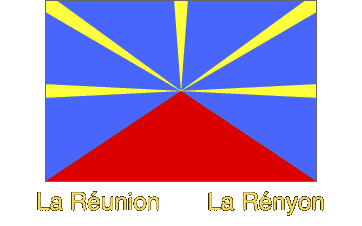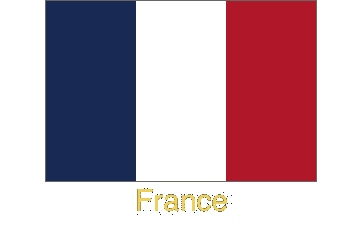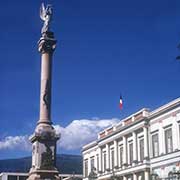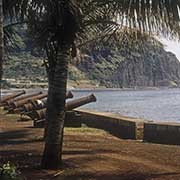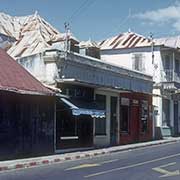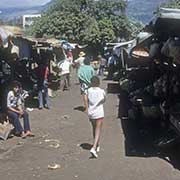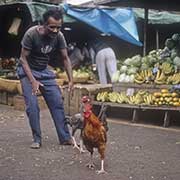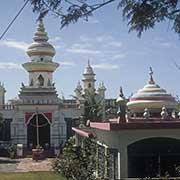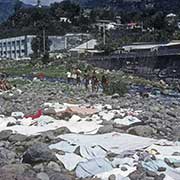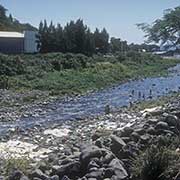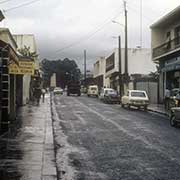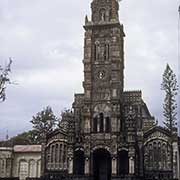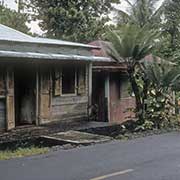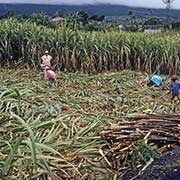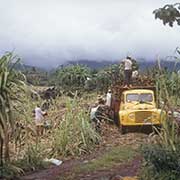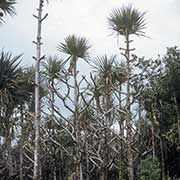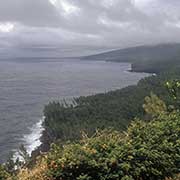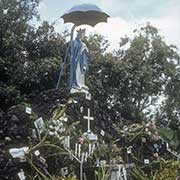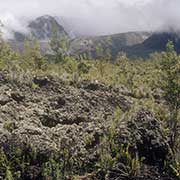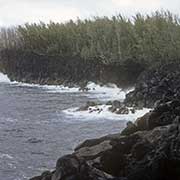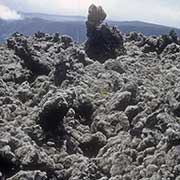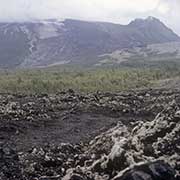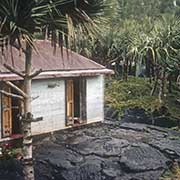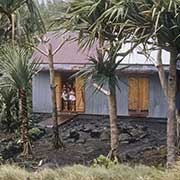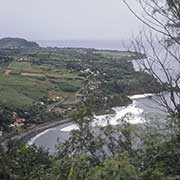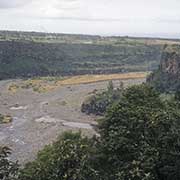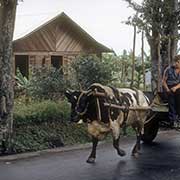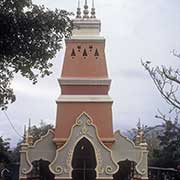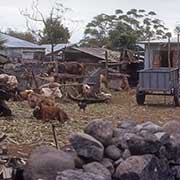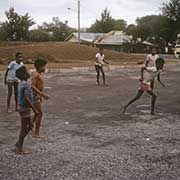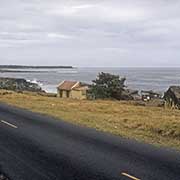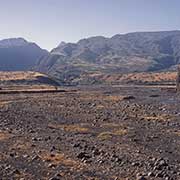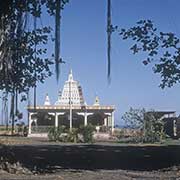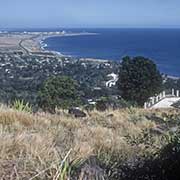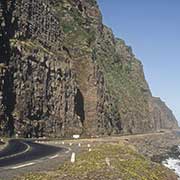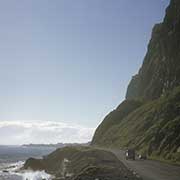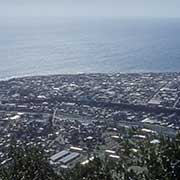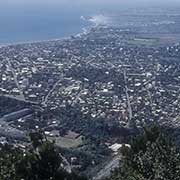Photos of Saint-Denis and along the coast of Réunion
Saint-Denis and along the coast of Réunion
Saint-Denis (or Sin-Dni in Réunion Creole), on the island's north coast, is the capital of the French overseas department and region of Réunion. It has about 153,000 inhabitants in the city, founded in 1669, at the mouth of the Saint-Denis River. It is a pleasant town, with Creole-style mansions reflecting its colonial heritage.
you may then send it as a postcard if you wish.
Driving clockwise around the island, passing small villages, one soon is in the district of Saint-Benoît; the commune of Sainte-Anne is known for its baroque St. Anne’s Church (Église Sainte-Anne de Saint-Benoît), one of the most beautiful in all Réunion, inspired by European cathedrals. Near Sainte-Rose are sugar farms and, further south, crossing into the district of Saint-Pierre, is Grand Brûlé (Big Burn), where the lava of the Fournaise volcano flowed into the sea in an early 20th-century eruption. “La Vierge au Parasol” (The Virgin with the Parasol) is a statue dating from that time: Monsieur Leroux, owner of Bois-Blanc in Sainte-Rose, had placed it in his fields to protect his crops. One day, a lava flow crossed his land and burned his fields, but the statue miraculously remained in place, spared by the lava. Sadly, on 8 January 2014, the statue was decapitated; a plastic replica installed in Grand Brûlé was seriously vandalised the following year and is now housed in the church Notre Dame des Laves in Sainte-Rose.
Along the coast, past the villages of Saint-Philippe and Saint-Joseph on the south coast, Saint-Pierre is reached in the island's south-west. Saint-Pierre was developed from a port built from 1854 to 1882 and used for trade between Asia and Europe. Most commercial traffic has moved to Le Port on the north coast, so it is used primarily for fishing and pleasure boats. It is also the capital of the French Southern and Antarctic Lands.
Continuing, crossing the Rivière Saint Etienne, one reaches Saint-Louis and, following the west coast, reaches the district of Saint-Paul, with Saint-Leu and Saint-Paul, the site of Bourbon Island’s first French settlement in 1663. Soon, Le Port is reached on the northwest point of the island, as well as the main harbour and the commune of La Possession. Saint-Denis can be reached via the coastal route and on a winding road through the mountains to La Montagne (The Mountain), which has a beautiful view of the capital.
